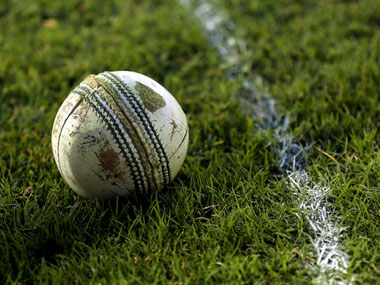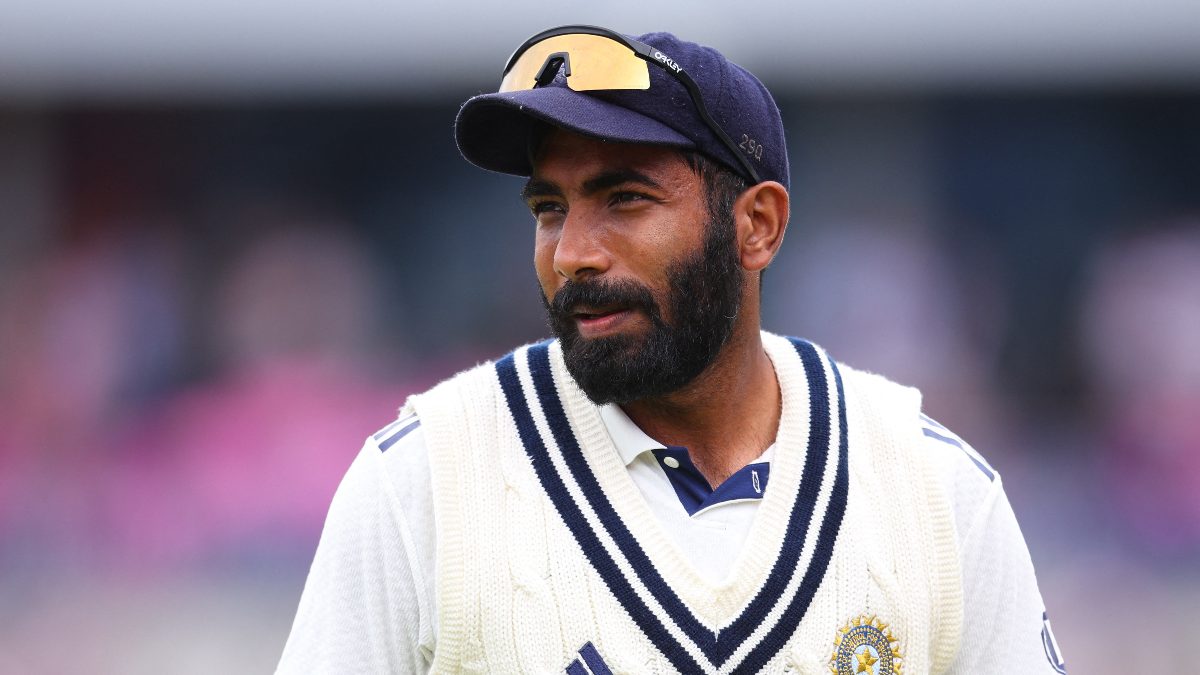“Wasim (Akram) and Waqar (Younis) could dismiss this English batting line-up even if they bowled with an orange,” said the outspoken Geoff Boycott to a shocked television audience when the cacophony against Pakistan’s ball-tampering and unique reverse swing attack hit its crescendo during the tour of England in the 1990s. At that time the world had no clue how these Pakistanis were getting the old ball to reverse swing so much. It was not just in Test cricket, even in One-Day Internationals’ death overs they were a veritable nightmare. Akram and Younis often ran through batting line-ups with their death overs swinging yorkers. Batsmen were more concerned with preserving their toes and wickets rather than trying to score runs off their devilish swinging yorkers. [caption id=“attachment_2659476” align=“alignleft” width=“380”] Representational image. BCCI[/caption] All sorts of theories about the aerodynamics of swing bowling were floated at that time, including one of how the old ball would also swing if it was hurled at speeds in excess of 145 kmph! It was only later that the world woke up to reverse swing and how altering the state of the ball was a required pre-requisite. Australian Cameron Bancroft, who was caught red-handed while using an emery paper to scruff the ball in the Cape Town Test, was only the latest in a long list of ball doctors. In an earlier era, bowlers tried ways and means to retain the shine on the ball for as long as possible to aid conventional swing. The most notorious of these was the ‘vaseline affair’ where England fast bowler John Lever was caught using vaseline to get the ball to swing excessively on a tour of India in 1976. While vaseline, sunscreen cream and a whole lot of other artificial substances were used to retain and prolong shine, the real perfidy of ball tampering was laid bare when the modus operandi of reverse swing came to light. Imran Khan in his autobiography said that he used bottle caps to scruff one side of the ball. Other objects used included screwdrivers, pen knives and screws. The trick was to scruff up one side of the old ball and keep the other side dry and shiny. This, he revealed, would enable the old ball to reverse swing. The game’s administrators, alarmed at these revelations, ensured that the umpires would retain the ball during all breaks in play, including at the fall of a wicket. ODI rules were also amended to ensure that a second ball was made mandatory after the 35th over. But teams were still getting the white ball to reverse swing from the 25th to 35th overs. ICC thus introduced a new ball from either end in ODIs. This ensured that bowling sides would not have enough time to alter the state of the old ball. Even if they did manage to doctor it, the impact would be minimal. The sad commentary of the controversy is that all international teams have indulged in ball tampering in some form or the other. Ironically, Australian opener David Warner who had plenty to say earlier, has now been trapped in his own spin. In 2016, when South African Faf du Plessis was caught on camera trying to use mint to shine the ball, Warner had pompously said: “We hold our heads high and I’ll be very disappointed if one of our teammates illegally changed the condition of the ball.” He didn’t stop there. ‘Mr. Clean’ added: “The rules are in place for a reason. If you’re not gonna use them, then why bother having them?” Warner had earlier alleged that wicketkeeper AB de Villiers was using the glove to roughen the ball and had been fined 15 percent of his match fee. Saturday’s Aussie cheating episode and his role in that exposed his double-speak and hypocrisy. Another who thought he was too smart was former England skipper Mike Atherton. He was caught carrying dirt in his pocket and using it on the ball in a Test against South Africa in 1994. He tried explaining it away most ingeniously: That he did not try to alter the condition of the already roughened up ball, but was only trying to maintain that condition! He was fined £2000 — £1000 for using dirt to dry his fingers and £1000 for lying to the match referee! Sometime later, Marcus Trescothick the England opener revealed in his autobiography that it was his responsibility to keep the shine on the ball for as long as possible and that he ‘used a lot of spit and a bit of polish’ to achieve that. He said that through a lot of trial and error he discovered that ‘Murray Mints’ produced the best results when missed with saliva! Rahul Dravid was another cricketer found guilty of using mints and saliva to tamper with the condition of the ball. He was fined 50 percent of his match fee after the transgression in a victory over Zimbabwe in Brisbane.
A couple of years before that, Sachin Tendulkar was handed a one-match suspended sentence and fined 75 percent of his match fee by match referee Mike Denness for trying to lift the seam with his fingernails. Tendulkar claimed that he was only trying to work the grass out of the seam. The episode led to the erstwhile powerful BCCI getting Denness suspended instead!
There have been other instances of ball tampering: Stuart Broad and James Anderson used their shoe spikes to scruff the ball; Vernon Philander used his fingernails to scratch and roughen up the ball; Shahid Afridi was caught trying to use his teeth for the same purpose. Ball tampering is not only against the laws of the game but also goes against the very spirit of the game. Yet international cricketers have been found using everything, from bottle caps, emery paper, screwdrivers, pocket knives, shoe spikes, trousers zips, mint, vaseline, sun screen creams, etc to alter the state of the ball. That’s not cricket, surely!


)

)
)
)
)
)
)
)
)



